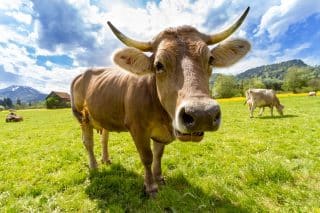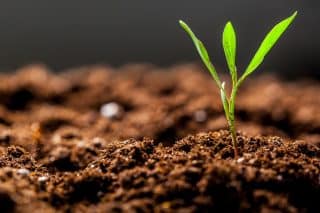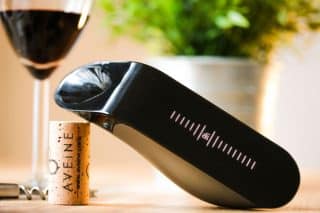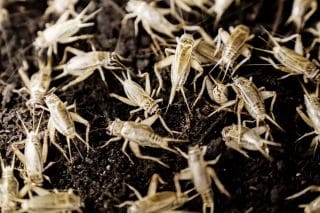From the roots to the leaves, almost all parts of the coconut tree can be utilized. Its body is used as coco lumber in construction, its fruit manufactured to make food products and its leaves and branches are crafted into décor objects. According to CIRAD (a French organization for agricultural research and development), coconut trees grows in the subtropical coastal regions of Asia (India, Philippines, Sri Lanka, Thailand, Indonesia) and Oceania, where it originates.
In this first issue of AgriExpo E-Magazine, we start to focus on one part of the coconut tree, the coconut husk and its by-product which is called coconut peat or coir.
The Philippine Coconut Authority, one of the leading research organizations in Asia, describes coconut peat as “short spongy fibers and dust which are by-products in the processing of husk to coir fiber.” It is a good planting medium for coconut nursery seed nuts and seedlings and it supplies macro and micro nutrients necessary for plant growth. There is a growing interest in the use of coconut peat, not only for coconut plantations but mostly in hydroponic and organic farms, as this coconut husk byproduct contributes more generative, better controllable growth with its nutrients and high water holding capacity.

This coconut husk byproduct contributes more generative, better controllable growth with its nutrients and high water holding capacity. Courtesy of Dutch Plantin.
Companies like Dutch Plantin , have introduced coconut peat to organic farmers and hydroponic planters looking for a better alternative to chemical fertilizers and artificial planting mediums with their Double Layer Grow Bags. These coconut coir or peat grow bags can be optimally controlled and used in cultivating various crops that include vegetables, flowers, soft fruits and berries. Fibre Dust from India also supplies to a growing number of gardeners, urban farmers, farm to table operations, and vertical growers that are demanding sources for top quality coco peat.

Growing cherry tomatoes with coco peat. Courtesy of Dutch Plantin.
Mr. Tay Ciatung, Director of Pulau Sambu, one of the leading suppliers of coconut products from Indonesia and makers of Kara Coconut Milk, spoke with AgriExpo e-Magazine at their headquarters in Jakarta and confirmed that coconut peat is indeed a good planting medium and can be used as a good fertilizing component.
With proper usage, coconut peat can be used in planting any kind of crop. When combined with other nutrients, it becomes a good commercial product that can be a good ecological alternative.
Pulau Sambu has been in the forefront of promoting coconut products from Indonesia to the world. Mr. Ciatung explained that with the growing interest in the use of coconut peat as a planting medium and fertilizer globally, it can be a feasible idea to supply more coconut peat according to the demand. They plan to increase their supply of coconuts from 5 million daily to 10-12 million by 2020 at their coconut plantations in Riau Islands.
When planting with coconut peat or coir, the surrounding climate or temperature should be considered. “Coconut peat is highly absorbent and if the weather is too cold, it will freeze up” Mr.Ciatung shared.





